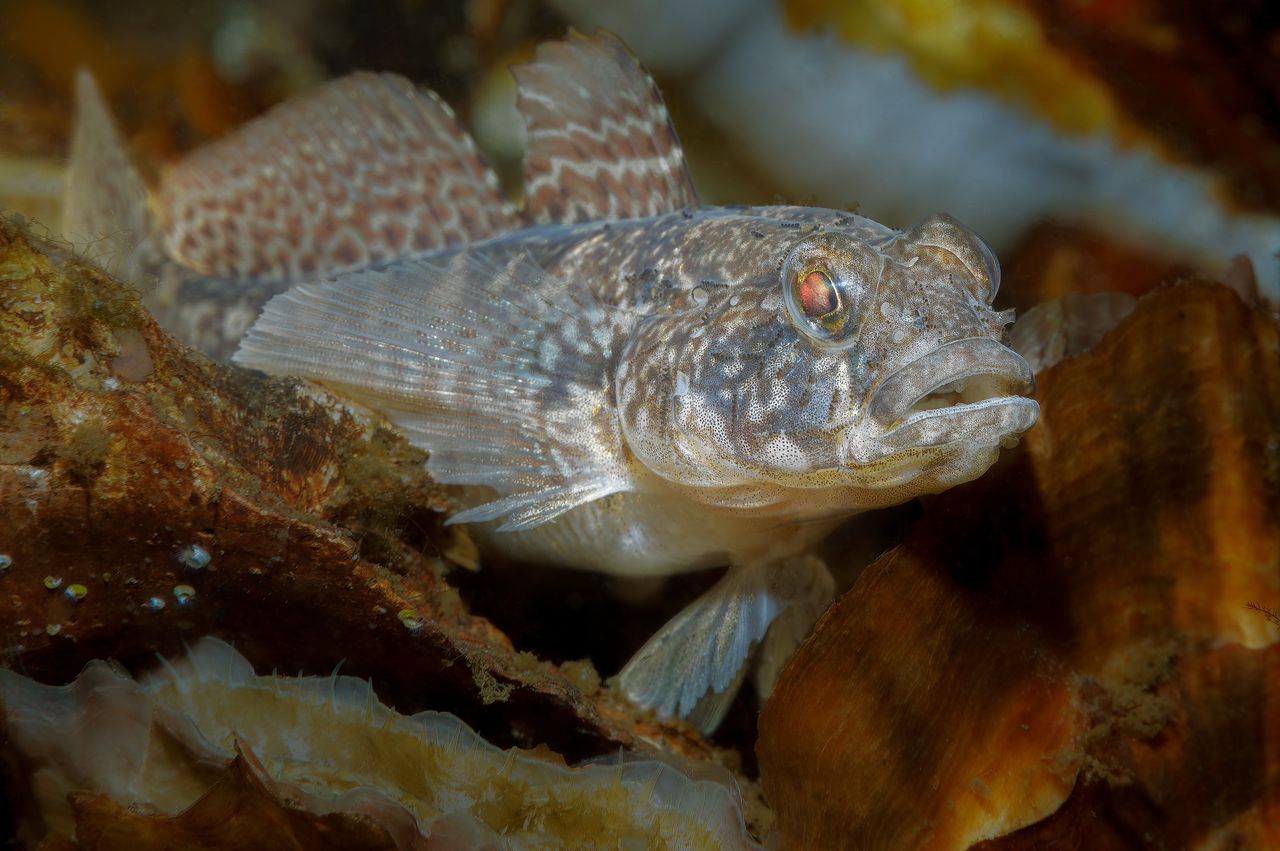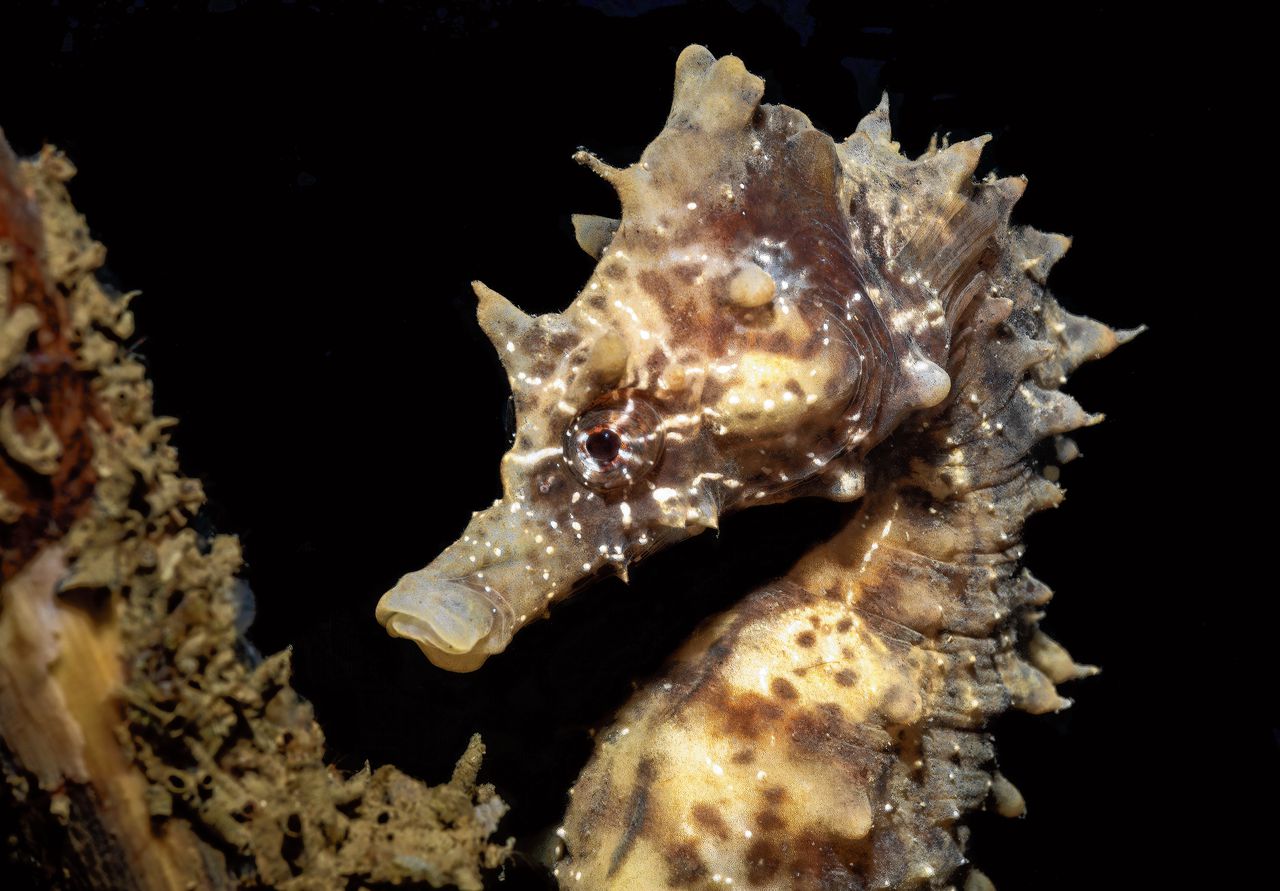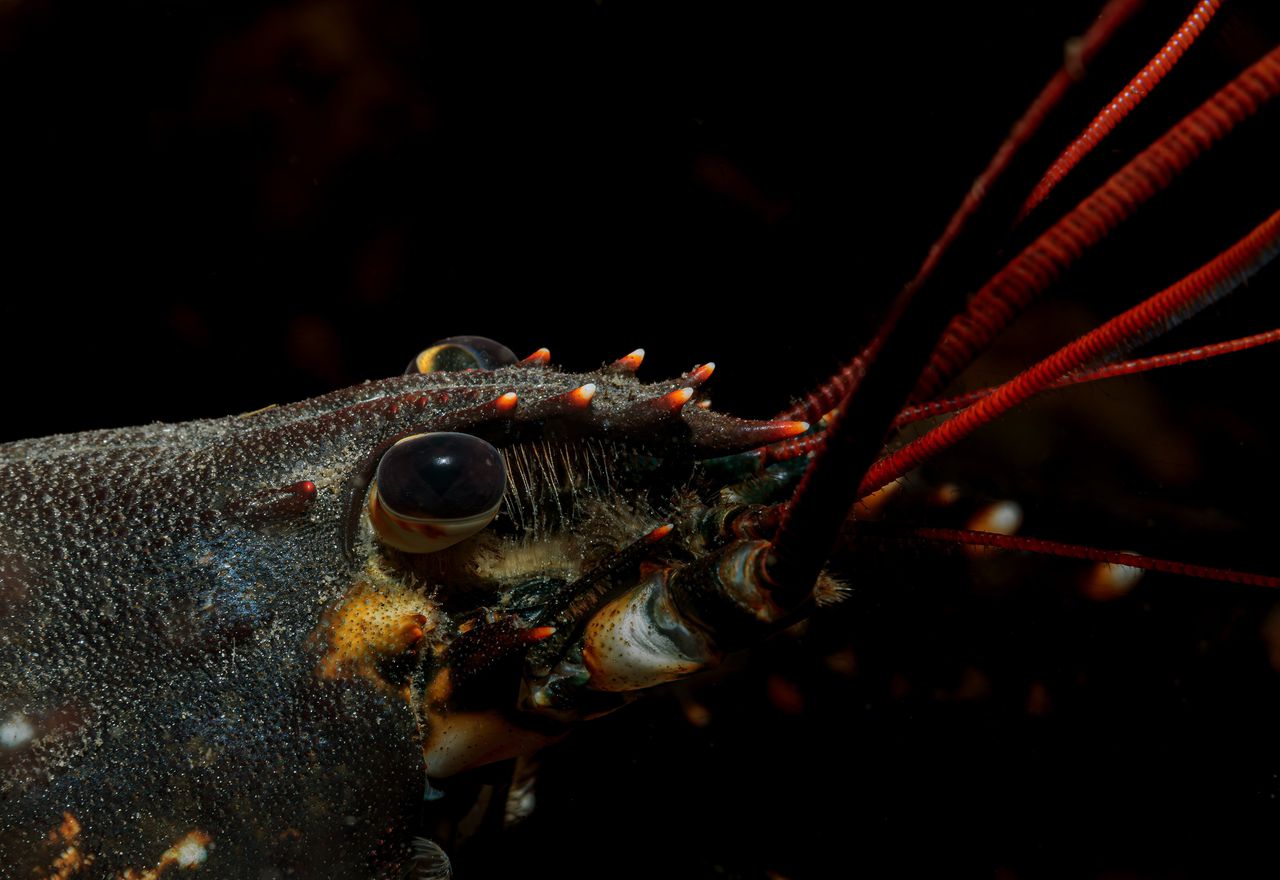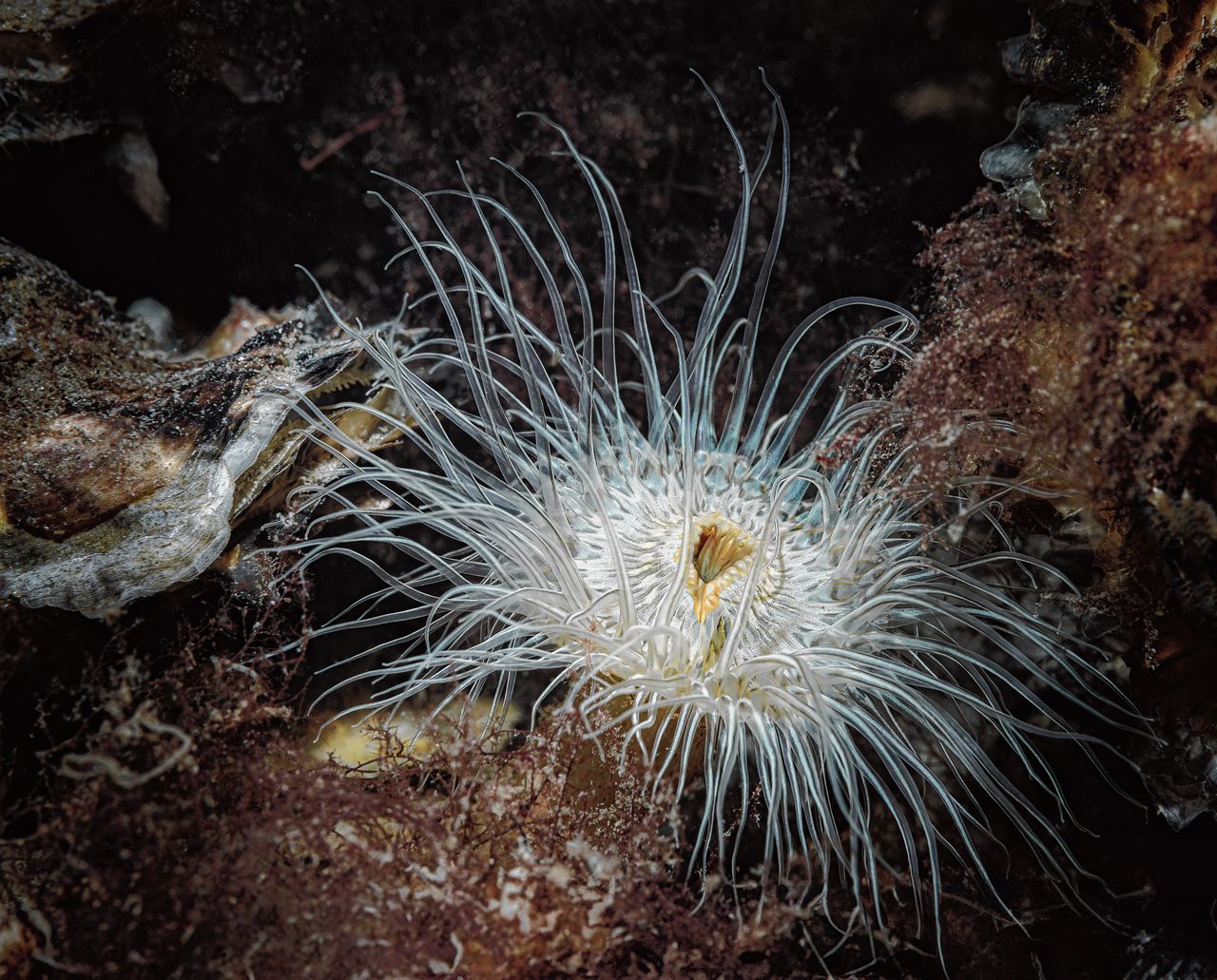Winners and losers live behind the storm surge barrier
:format(webp)/s3/static.nrc.nl/images/gn4/stripped/data128270389-46bc79.jpg)
The Brakwater Grondel (Pomatoschistus Microps) and the ordinary sturgeon shrimp (Palaemon Elegans) who adapt flexibly to new circumstances will not soon disappear from the Oosterschelde. Also about the widowess (Sagartia Undata), a generally occurring anemone in the Oosterschelde, and the velvet swimming crab (Necora Puber) Biologists do not have to worry immediately. But various other species in the area have to do with a considerable decline, it was recently found by a report from the Central Bureau of Statistics.
The Delta Works of the Netherlands form an artificial reef on which a rich animal life has arisen. The Oosterschelde forms a unique nature reserve within it that has remained a salt water delta thanks to the open storm flood barrier. The basalt blocks that strengthen the foot of the dikes offer a rocky surface with countless cracks and holes, there is the largest biodiversity of underwater life.




In order: the Brackish (Pomatoschistus microps), the short -searing horse (Hippocampus Hippocampus), the Oosterscheldefteft (Homarus Gammarus) and the Widely (Sagartia Undata).
Photos Robert Riewald
It makes the Oosterschelde a place where, certainly by Dutch standards, there is an exceptional amount to see under water. According to the Anemoon Foundation, half a million dives are made every year. For decades, divers with biological knowledge have been an inventory of what species where exactly occur.
Statistics Netherlands made a trend analysis of the years of observations of 37 characteristic types of fish and soil animals in the Oosterschelde to map out shifts in the species composition. The conclusion was that the populations of these species have deteriorated by 28 percent since 1994. But the image is mixed: fifteen species decreased in that period, eight other species actually increased. These are permanent residents of the Oosterschelde whose situation together gives a strong indication of the condition of the ecosystem.
/s3/static.nrc.nl/wp-content/uploads/2025/02/27130154/data128575108-2d331f.jpg)
It is difficult to precisely explain the cause of the shifts. It comes down to a sum of climate change, changes in water quality and dyke increases with steel snails from the blast furnaces. The arrival of many dozens of species of exotics also jeopardizes the original fauna.
The Oosterschelde therefore knows losers and winners. Oosterschelde lobster is vulnerable (Homarus Gammarus), of which Wageningen University demonstrated That it forms a unique population that can be distinguished genetically from populations of the European Sea lobster elsewhere in the North Sea. The short -sitting soil (Hippocampus Hippocampus) On the other hand, a species that feels more and more at home in Zeeland waters, helped by a warmer climate.
Read also
The sea snail, the wild mussel, the bread sponge – many species in the Oosterschelde are in bad shape

:format(jpeg):fill(f8f8f8,true)/s3/static.nrc.nl/bvhw/wp-content/blogs.dir/114/files/2023/01/heijden.png)
/s3/static.nrc.nl/images/gn4/stripped/data132889894-51543f.jpg|https://images.nrc.nl/2TqesO_hPZ-dAHmxFtNxxwsXZE4=/1920x/filters:no_upscale()/s3/static.nrc.nl/images/gn4/stripped/data132889894-51543f.jpg|https://images.nrc.nl/TcEXvBc8vbHiXZkHTCOc9o8ct3A=/5760x/filters:no_upscale()/s3/static.nrc.nl/images/gn4/stripped/data132889894-51543f.jpg)
/s3/static.nrc.nl/images/gn4/data132930690-9acede.jpg)




